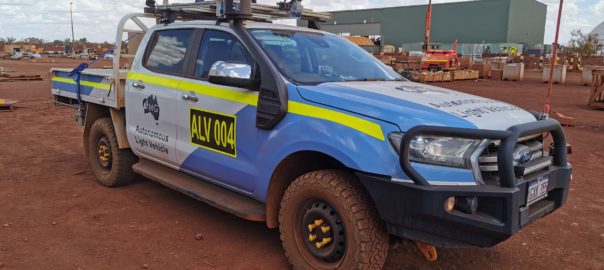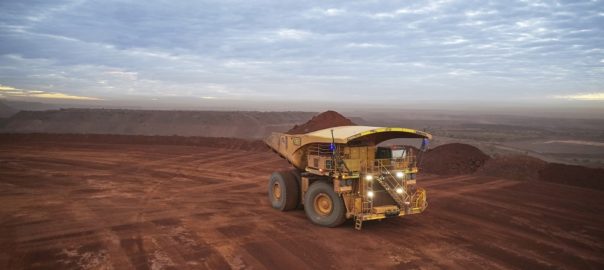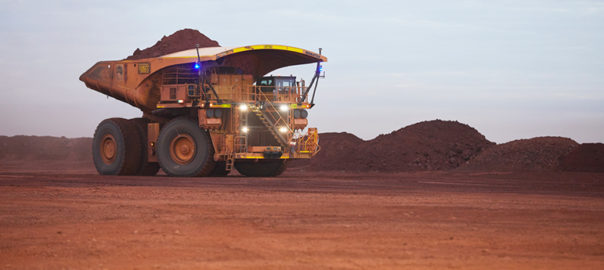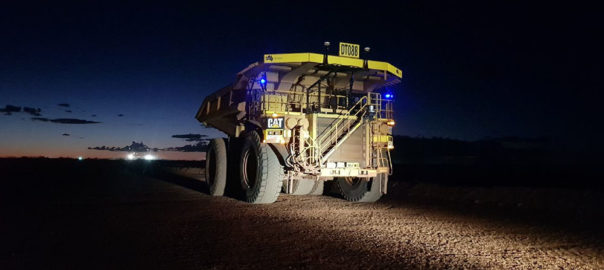Fortescue Metals Group’s Chichester Hub operations are now being powered by solar energy following the completion of the 60 MW Alinta Energy Chichester Solar Gas Hybrid Project in Western Australia’s Pilbara region, the miner confirmed.
Completion of the project with Alinta Energy marks a major milestone in the delivery of Fortescue’s decarbonisation strategy, as the company works towards its ambitious target of being carbon neutral by 2030 for Scope 1 and 2 emissions.
The solar farm will power up to 100% of daytime operations at Fortescue’s Christmas Creek and Cloudbreak iron ore sites, displacing around 100 million litres of diesel every year. The remaining power requirements will be met through battery storage and gas generation at Alinta Energy’s Newman Power Station, FMG said.
Fortescue Chief Executive Officer, Elizabeth Gaines said: “The completion of this project is a practical example of Fortescue delivering on its ambitious carbon neutrality target and demonstrates that renewables can power the energy needs of Australia’s mining and resources sector.
“As Fortescue transitions from a pure-play iron ore producer to a green energy and resources company, this milestone is a critical part of our Pilbara Energy Connect project which, together with the Chichester solar farm, will see 25% of Fortescue’s stationary energy powered by solar.”
Alinta Energy’s MD & CEO, Jeff Dimery, said: “Together, we’ve built a benchmark renewable project with an ambitious partner and, given the abundance of high quality renewables resources in the Pilbara, we look forward to supporting others to do the same.
“I’m very proud of the team and thank Fortescue, our partners, contractors and suppliers, NAIF, ARENA, and, in particular the Nyiyaparli People, on whose country the solar farm sits.”
The project also includes the construction of approximately 60 km of new transmission lines, linking Fortescue’s Christmas Creek and Cloudbreak mines to the solar farm and Alinta Energy’s existing energy generation infrastructure in Newman.













